The Great Barrier Reef, stretching over 2,300 kilometers along the northeastern coast of Australia, is the world’s largest coral reef system and one of the most breathtaking natural wonders on Earth. Comprising thousands of individual reefs and islands, it is home to an extraordinary diversity of marine life and offers unforgettable diving and snorkeling experiences.
Why Visit the Great Barrier Reef?
The reef’s vibrant underwater ecosystem supports over 1,500 species of fish, 600 types of coral, sea turtles, dolphins, sharks, and countless other marine creatures. It’s a living, breathing ecosystem that showcases the beauty and complexity of ocean life.
Visitors come from all over the world to explore its crystal-clear waters and vibrant coral gardens, whether as experienced divers or first-time snorkelers.
Best Diving and Snorkeling Spots
1. Cod Hole
Known for its friendly potato cod fish, Cod Hole offers spectacular underwater views and is suitable for divers of all skill levels.
2. Osprey Reef
This remote reef is famous for its clear waters, abundant sharks, and stunning coral formations. It is considered one of the best dive sites globally.
3. Heron Island
A great location for snorkeling and diving, Heron Island provides opportunities to see sea turtles, manta rays, and vibrant coral gardens.
4. Ribbon Reefs
Located in the northern part of the reef, the Ribbon Reefs offer pristine coral formations and rich marine biodiversity.
Conservation Efforts and Responsible Tourism
The Great Barrier Reef faces threats from climate change, coral bleaching, and human activity. To protect this natural wonder, visitors are encouraged to practice responsible tourism by:
- Using reef-safe sunscreen
- Avoiding touching or stepping on corals
- Following guidelines set by marine parks and tour operators
Supporting eco-friendly tours and conservation projects also helps preserve the reef for future generations.
Planning Your Visit
The reef is accessible from several coastal towns, with Cairns and Port Douglas being the most popular gateways. Tours range from day trips to liveaboard dive boats, offering varying levels of exploration and comfort.
The best time to visit is during the dry season, from June to November, when water visibility is highest and marine life is abundant.
Conclusion
Diving into the Great Barrier Reef is more than just an adventure; it’s an encounter with one of the planet’s most extraordinary ecosystems. Whether you’re exploring vibrant coral walls, swimming alongside sea turtles, or simply marveling at the underwater landscape, the reef offers an experience that stays with you forever.




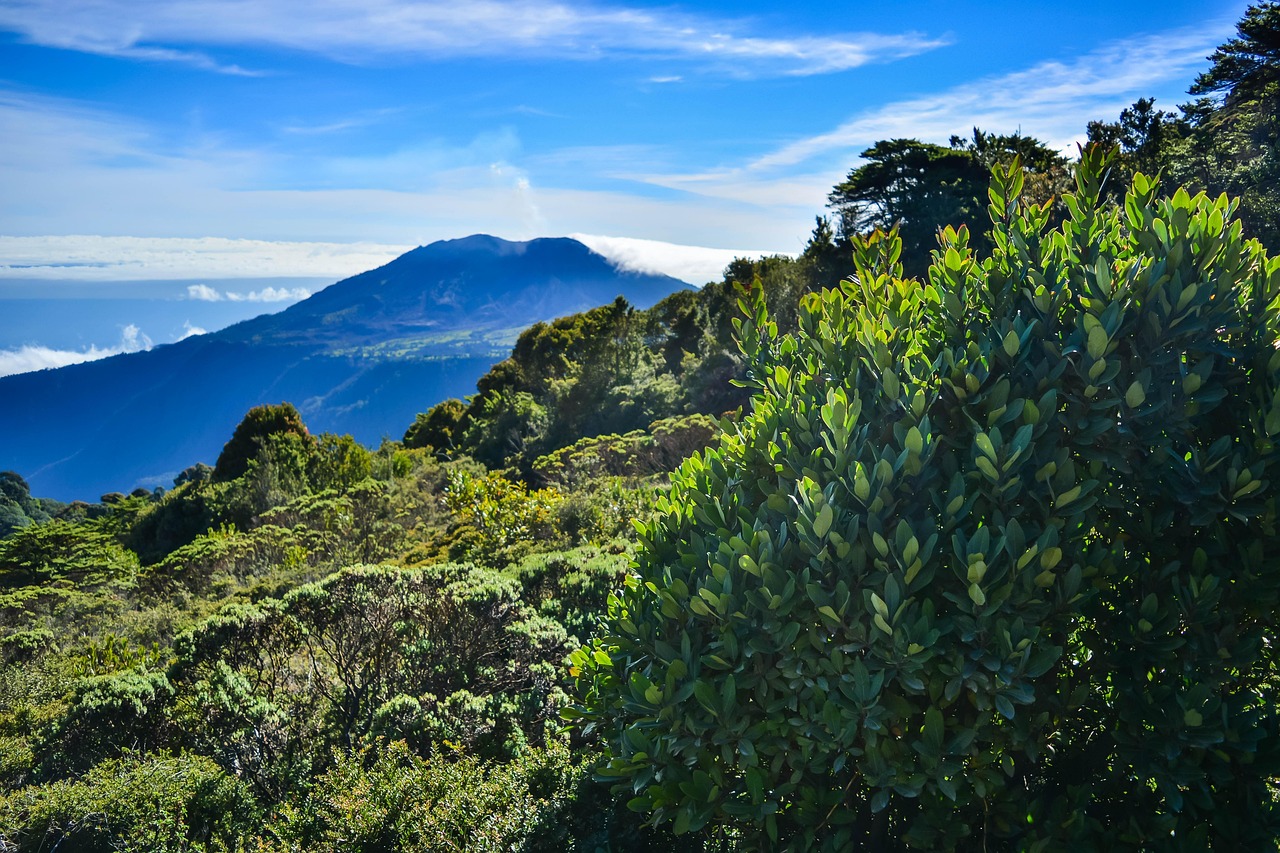

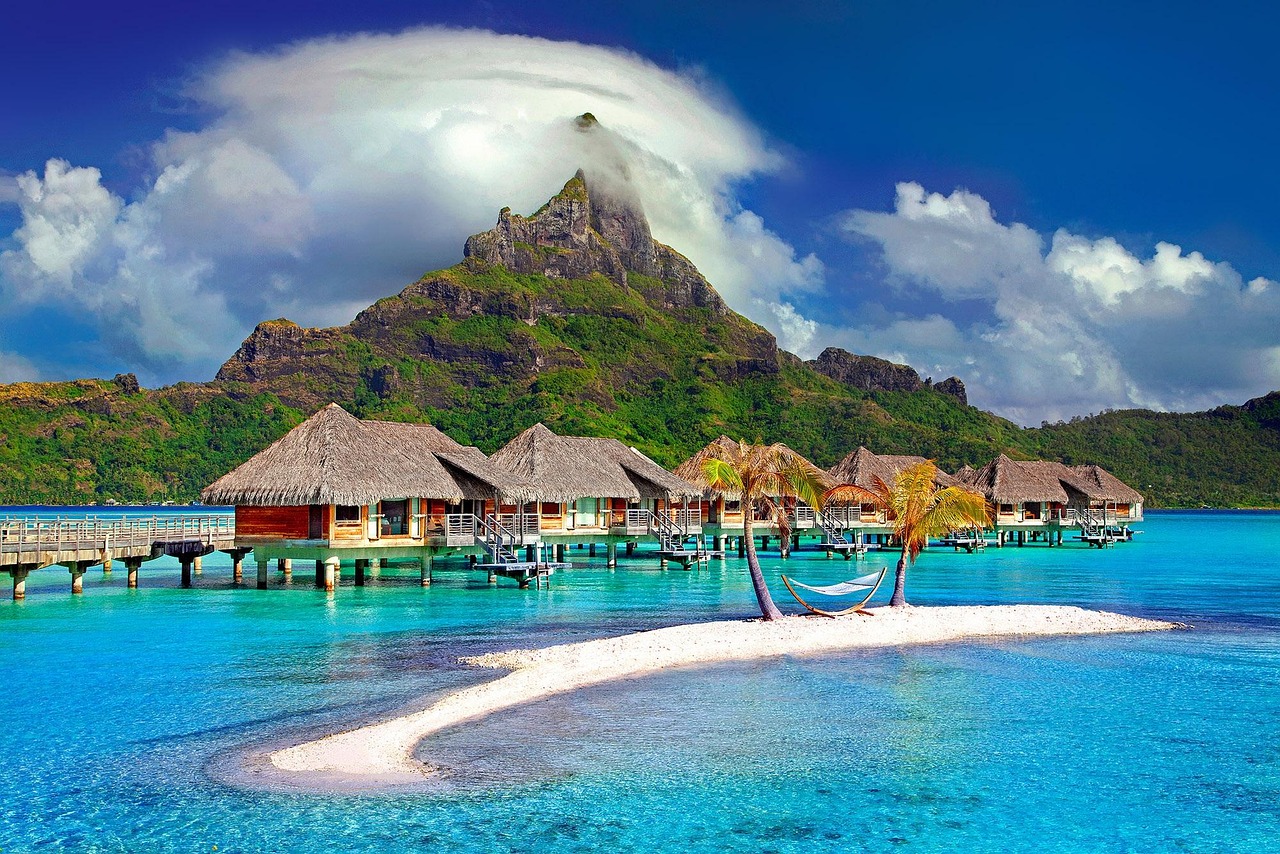

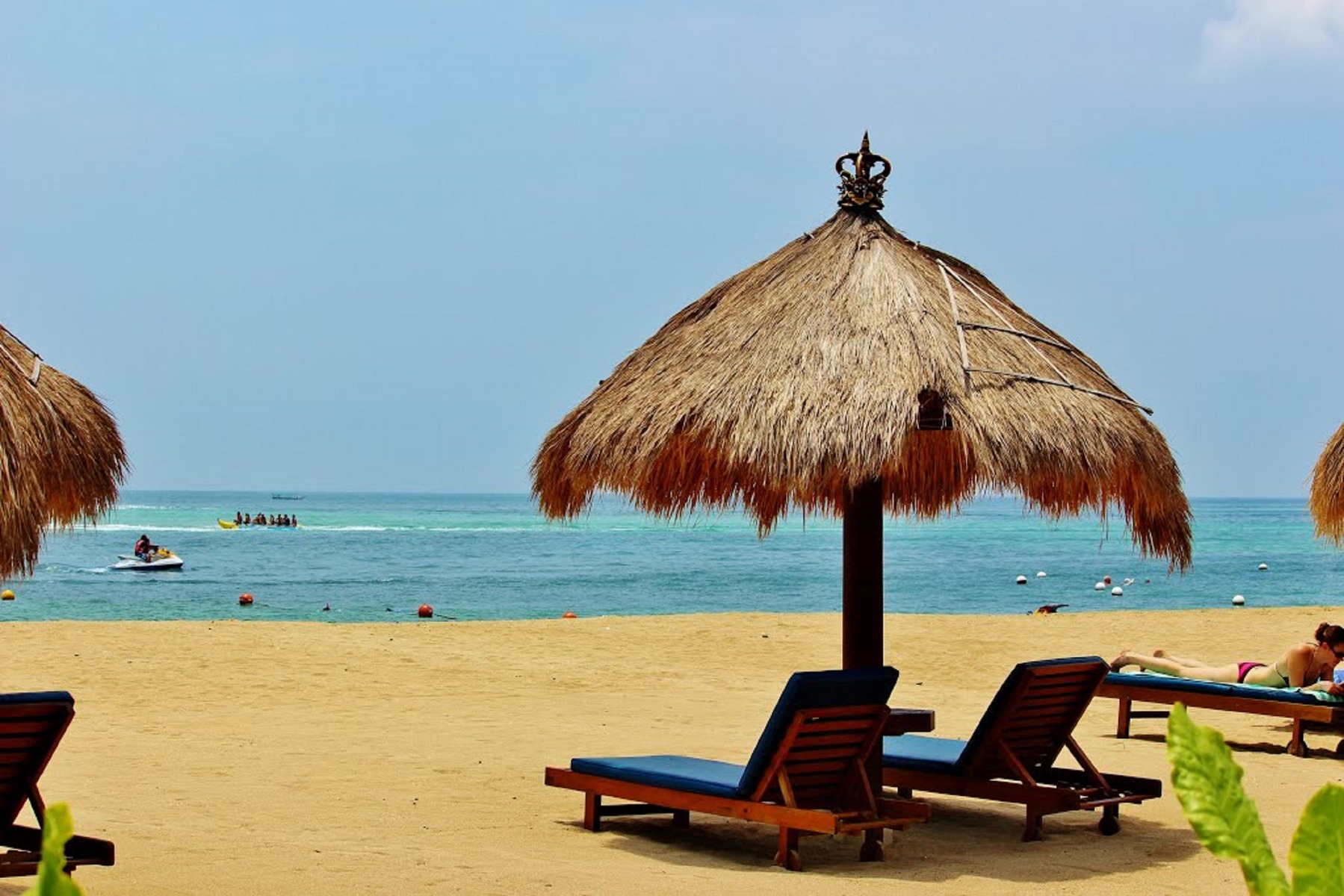
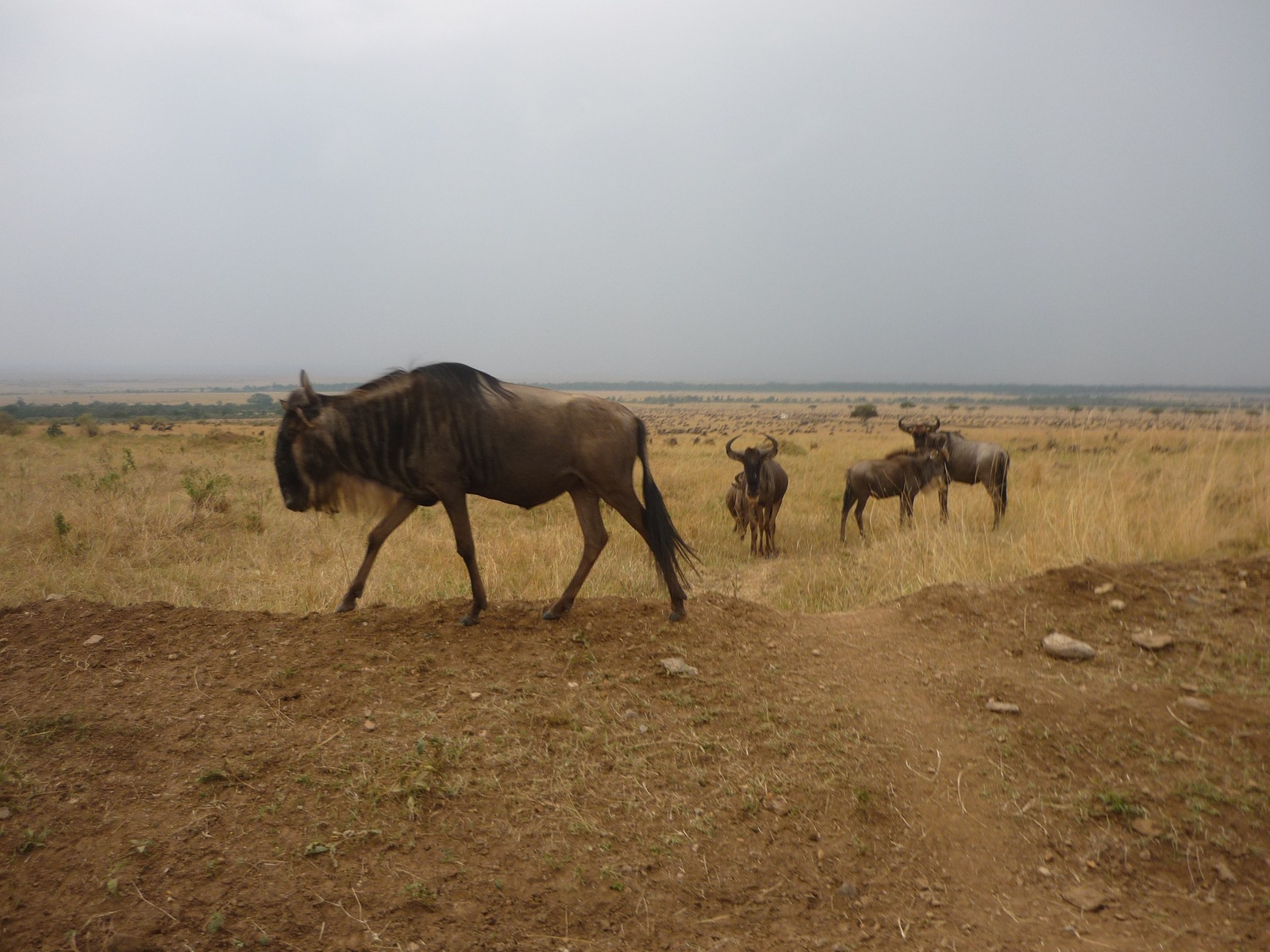
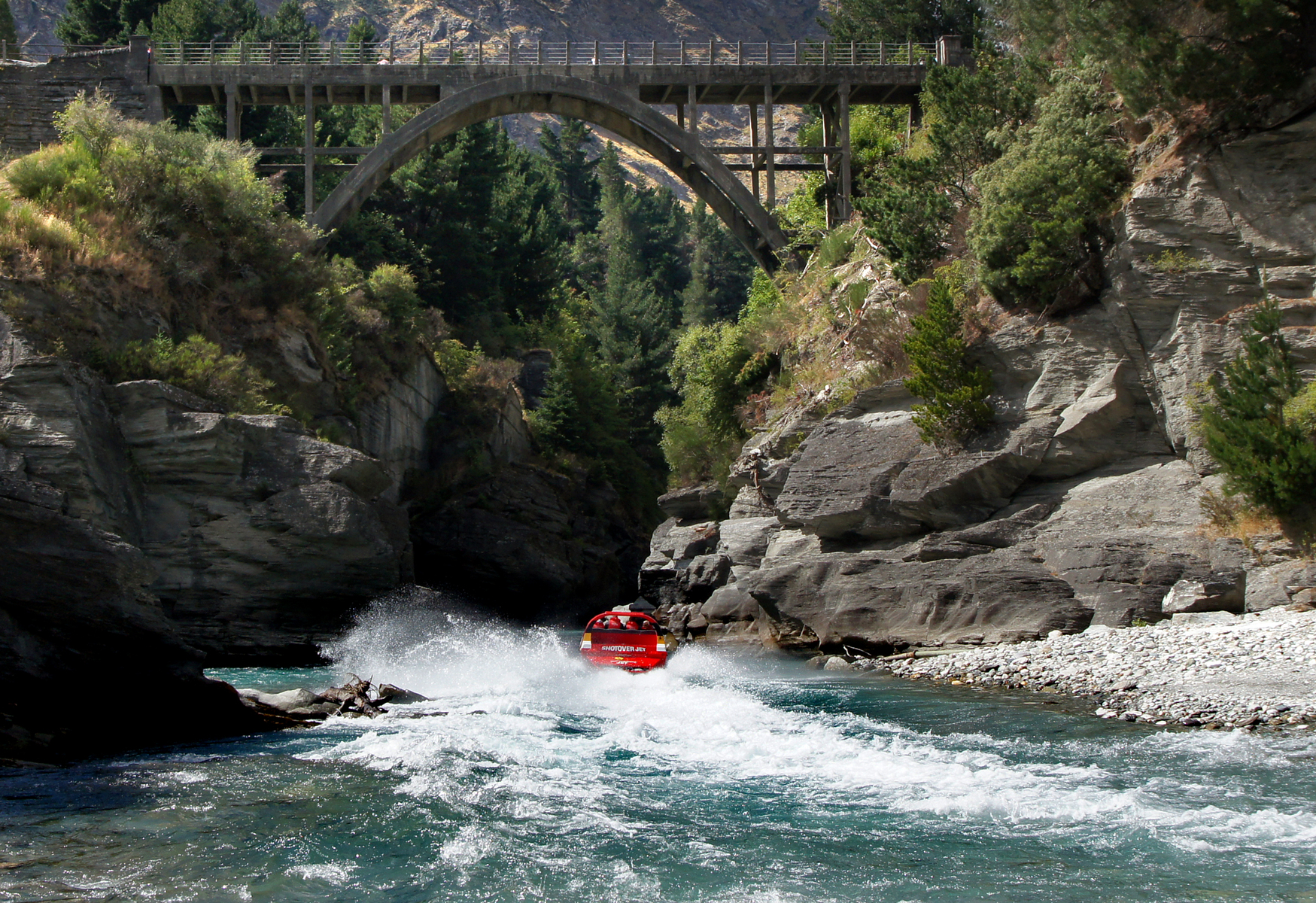
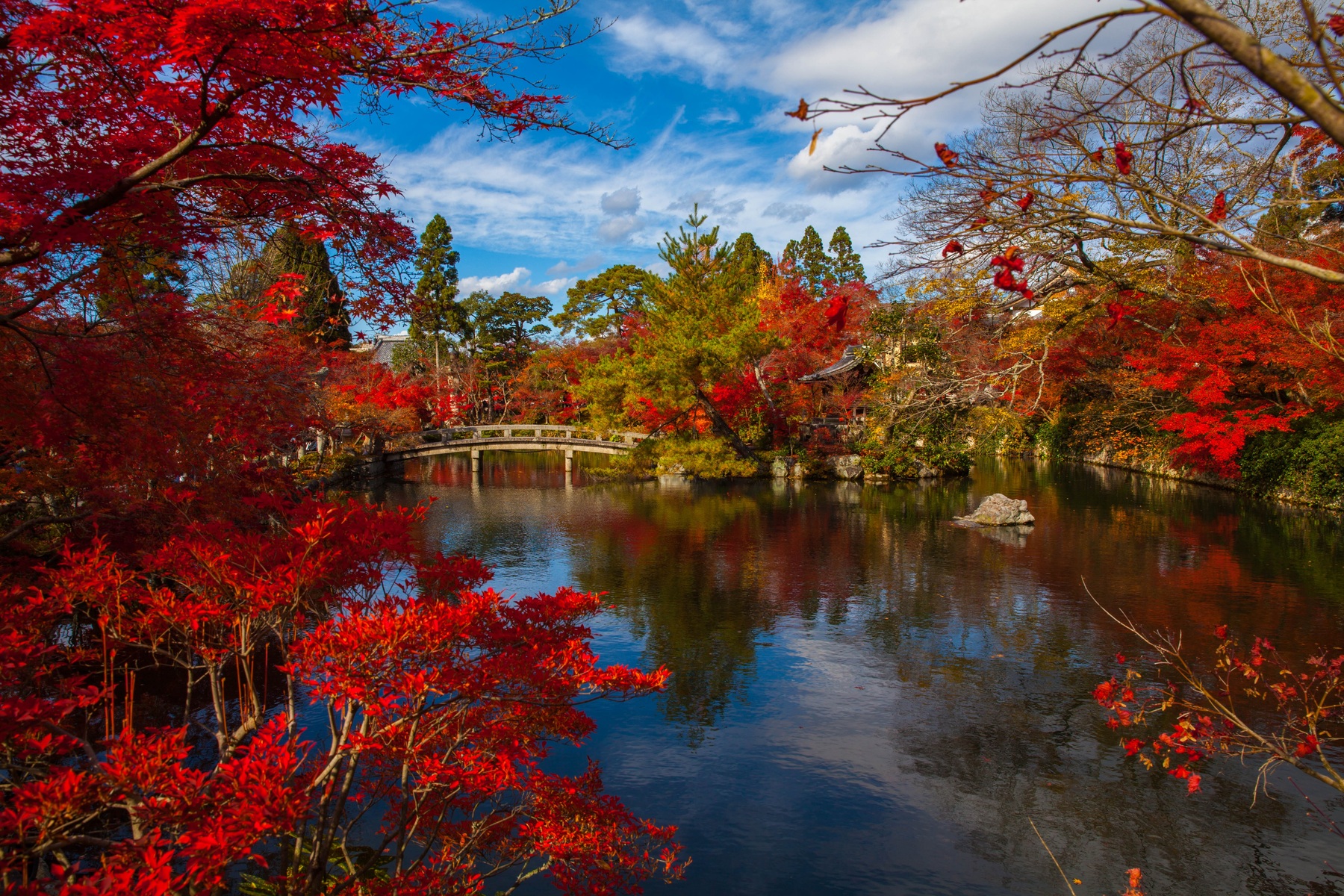
Leave a Reply